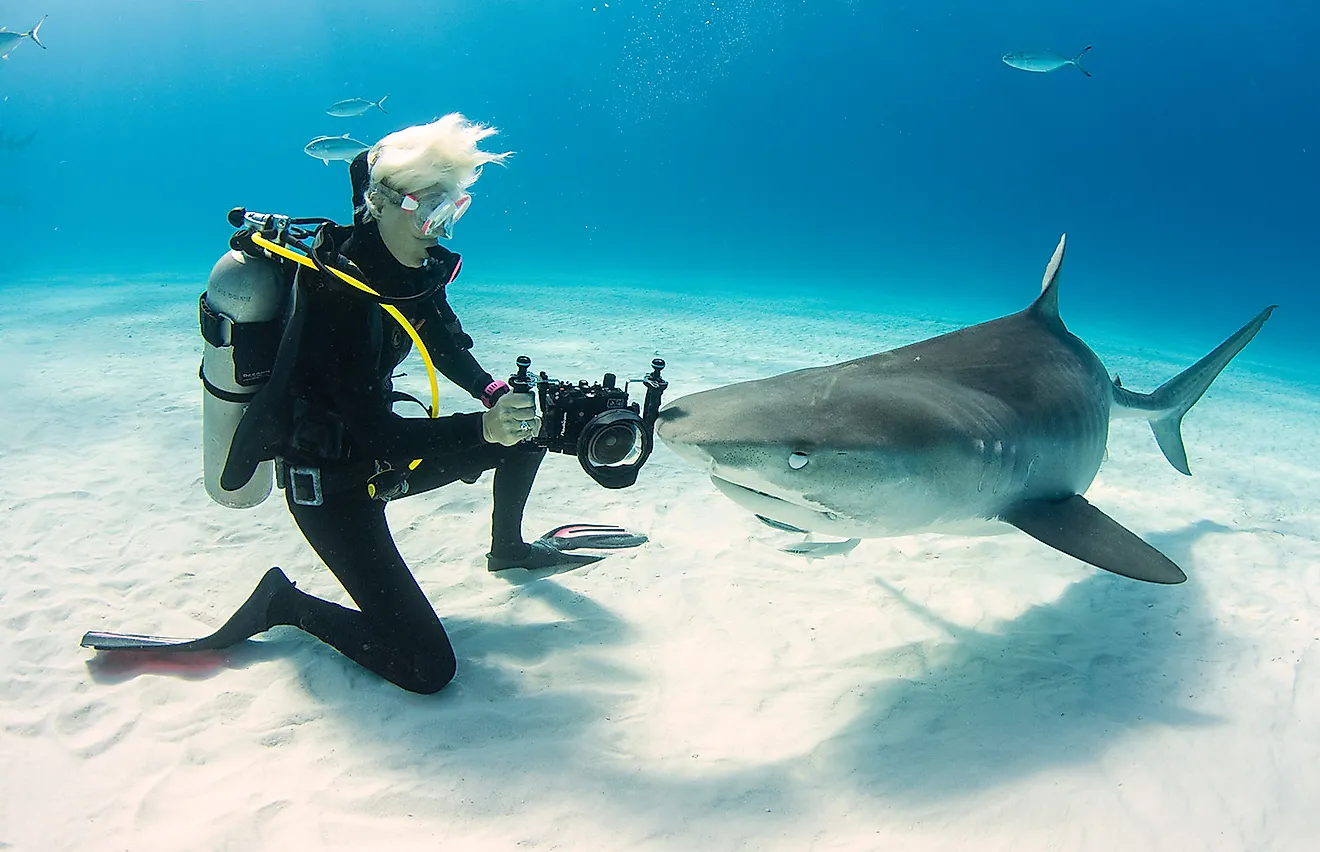Australian Quokka On Rottnest Island Profile Stock Photo 793075507 Biology Diagrams
Australian Quokka On Rottnest Island Profile Stock Photo 793075507 Biology Diagrams The quokka (Setonix brachyurus) is also listed as vulnerable by the IUCN, and although it has a stable population on Rottnest Island, Western Australia, the small surviving metapopulations on the The Rottnest Island Authority has implemented several measures aimed at protecting quokka populations on Rottnest Island, which is home to over 10% of all known quokka populations worldwide. They also serve as a vital component of the food chain for larger predators such as snakes and birds of prey. Without quokkas, the balance of the

Food Habits. On Rottnest Island, Setonix brachyurus comes out at night to forage. Depending on the season, adult male quokkas will eat an average of 32 to 45 grams of dry food each day. The majority of their herbivore diet comprises of plants including succulents, shrubs, forbs, grasses and sedges. Quick facts about the Quokka. On Rottnest Island the quokkas are so friendly they will regularly approach guests. It is illegal for guests to touch the quokkas though. Occasionally people feed the quokkas human food and this causes them to become malnourished or dehydrated. This paper mainly focuses on the extinction dynamics of quokka population and its reduction by red foxes, by qualitative and quantitative analyses of a designed tri-trophic food-chain model composing a prey (quokka), a mesopredator (red fox) and apex predator (dingo). Existence of solution are analysed and shown to be uniformly bounded.

Location of sites investigated for the presence of quokkas in this ... Biology Diagrams
Quokkas Eat Their Food Twice Quokka Eating. Quokkas survive on leaves and grass, but they don't actually chew their food - they simply rip out vegetation, stuff it into their mouths, and swallow. The Rottnest Island Infirmary claims to treat about a dozen patients every year for quokka bites and scratches. Quokkas are herbivores so they eat a variety of plants such as leaves, seeds, and shrub buds, which is available in abundance on Rottnest Island. As a vulnerable species, it is illegal to feed the quokka (or any animal on the island) as any food and water that they haven't collected themselves can be harmful to their health and wellbeing.

This paper mainly focuses on the extinction dynamics of quokka population and its reduction by red foxes, by qualitative and quantitative analyses of a designed tri-trophic food-chain model
